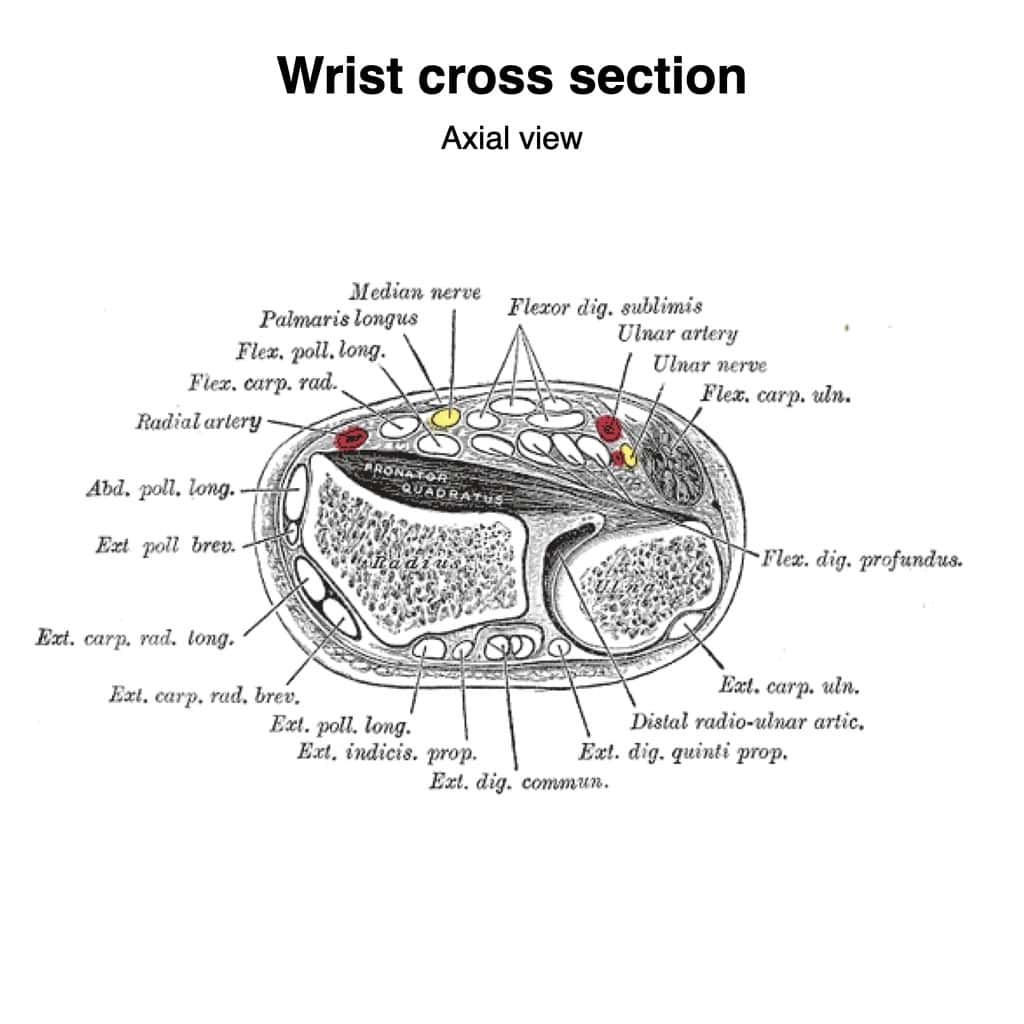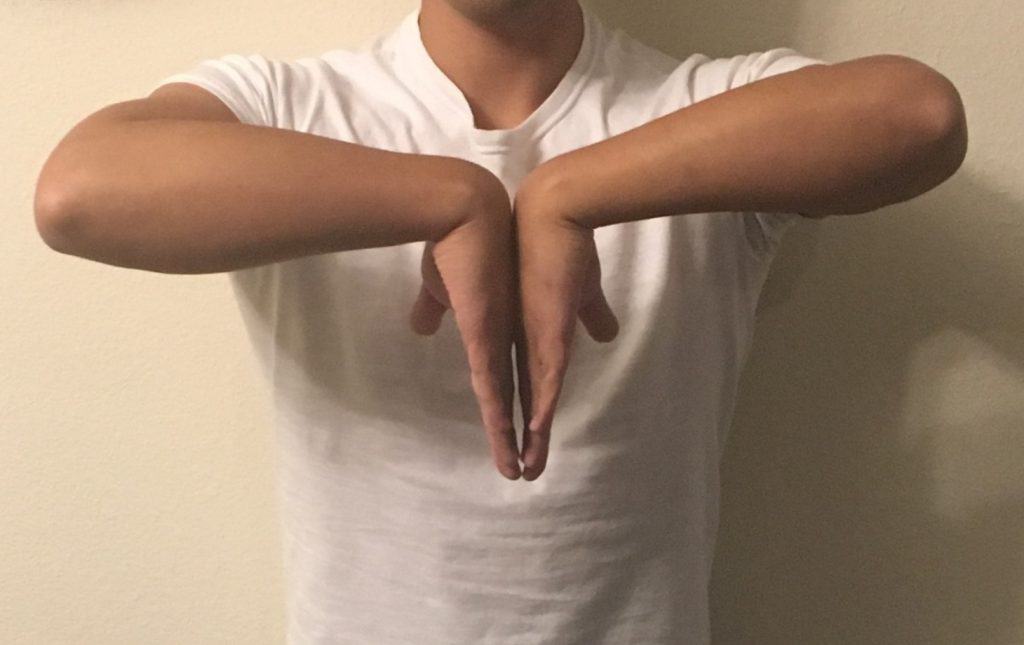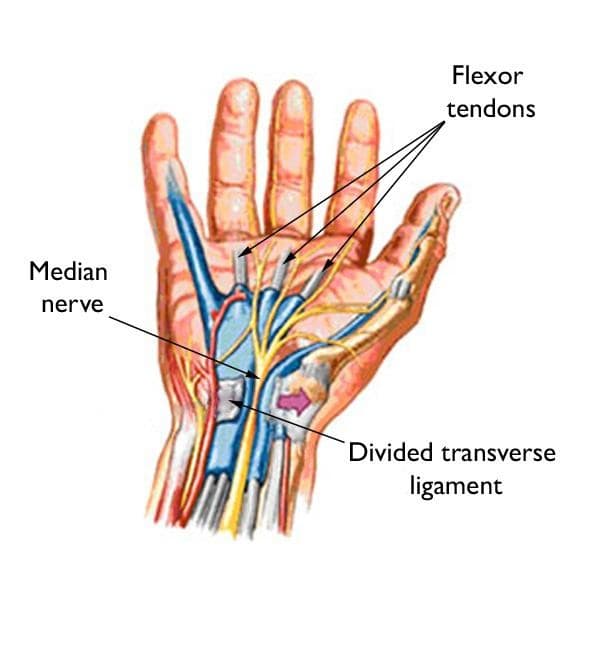

The carpal tunnel is a passageway in the wrist that contains tendons and the median nerve. Carpal tunnel syndrome (CTS) occurs when there is compression of the median nerve within the carpal tunnel. As a result, the median nerve is unable to function properly, leading to loss of sensation and power to part of the hand.

It can be caused by a variety of reasons, including:
How does carpal tunnel syndrome affect my daily life?
CTS causes:
Although CTS is not life-threatening, it may severely affect your quality of life. You need your wrist/ hands to perform simple actions, and carpal tunnel syndrome may affect your ability to do that.
How is carpal tunnel syndrome diagnosed?
Based upon your clinical history, your doctor will conduct a focused examination, which may include testing the sensation over the thumb, index, and middle fingers. He/she will also look and test the muscles of the thumb.
Often, your doctor will also conduct simple tests to assess the function of the median nerve. This includes,
If these tests show that you have carpal tunnel syndrome, your doctor will often refer you for a nerve conduction test for the median nerve. This allows the assessment of the severity of the condition and may determine if you require surgery.

How is carpal tunnel syndrome treated?
Non-surgical
Patients with mild CTS may opt to modify aspects of their daily life that may be causing the problem. Simple changes such as introducing a wrist cushion for keyboard use, or adjusting the height of the table can help if the condition is at an early stage.
Steroid injections
Steroids (e.g. cortisone), are effective anti-inflammatory medication. Steroid injections into the carpal tunnel can reduce local inflammation, which may be the cause of the CTS.
You may also wear a wrist splint/ brace at night. Many people with CTS sleep in positions that cause wrist numbness. The wrist splint/ brace can stop you from flexing your wrist at night, minimising the pain experienced.
Medication
Nonsteroidal anti-inflammatory drugs and painkillers may also help to reduce pain and swelling. However, this only treats the symptoms, and may not directly improve CTS.
Stretching exercises
Doing some simple stretching exercises daily may also help to relieve the pressure on your median nerve, improving your condition. The specific exercises will depend on your condition.
Surgical
Carpal tunnel release is a surgery that may be recommended if non-surgical treatments have not worked. It is used to relieve pressure on the median nerve by cutting the ligament pressing on it. This surgery can be performed either using a conventional open technique or via a small camera known as an endoscope. The outcomes of both techniques are similar.

What is the recovery process like for carpal tunnel syndrome?
After surgery, it is expected that your pinch strength will return in 6 weeks, and your grip strength by 12 weeks. Do note that this is a rough estimate and may not be applicable to every patient with CTS. Symptoms of CTS are expected to stop as well, but if your finger numbness or thumb weakness was very severe prior to treatment, the symptoms may not go away completely. It is, therefore, best for treatment to be performed before your CTS becomes too severe. For assessment of your condition, please book an appointment with Dr. Yong Ren
Lorem ipsum dolor sit amet consectetur adipiscing elit ut arcu a dignissim suscipit non ac eget tellus in nisl mauris nec.
